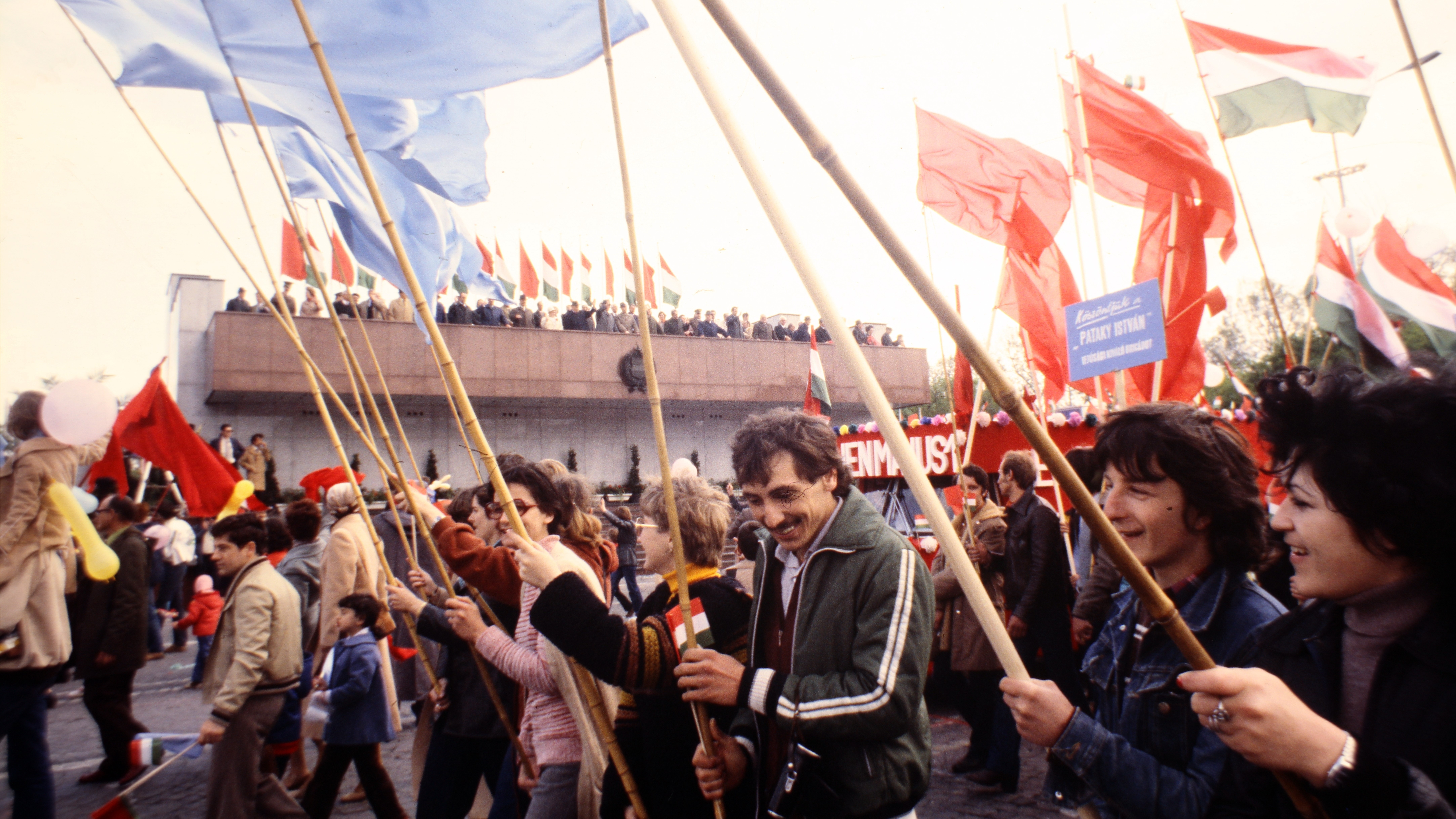On 1 May 1890, workers across the United States and Europe took part in a coordinated strike demanding the eight-hour workday. This international demonstration marked one of the first truly global actions of the labour movement. While some protested in small groups, others filled city streets with thousands, calling for labour reform. Many also commemorated the deadly Haymarket Affair of 1886 in Chicago, where a peaceful protest turned violent after anarchists detonated a bomb, killing eight and leading to mass arrests.
Over 130 years later, few remember those Chicago riots. For many, 1 May now evokes images of spring fairs, flowers, or—for older generations—state-mandated parades. But why does nearly every country from Sri Lanka to Canada observe this day as a public holiday?
The significance of 1 May predates labour history. In ancient Greece, festivals were held for Chloris, the goddess of flowers, and her Roman counterpart, Flora. These spring rituals celebrated nature’s rebirth, often involving bonfires and the iconic maypole dance—traditions that still survive in countries like Ireland and Hungary. Such seasonal observances acknowledged the transition from winter to spring, symbolizing renewal and the beginning of agricultural work.
‘The significance of 1 May predates labour history’
But May Day’s political dimension emerged more recently. As early as 1817, social reformer Robert Owen proposed the eight-hour workday, but it was not until the 1880s that widespread worker protests made it a public demand. In 1886 hundreds of thousands of American workers walked off their jobs. The climax was the Haymarket bombing in Chicago, which led to international outrage and a new era of labour solidarity.
In 1889 the Second International—a gathering of socialist parties in Paris—declared 1 May the official date for annual demonstrations advocating workers’ rights. Socialist groups in Germany, Hungary, and beyond began organizing peaceful and militant protests alike, with varying reactions from local authorities. In Hungary, early May Day celebrations in 1890 drew tens of thousands. But by 1891, fearing unrest, the government cracked down on them, firing workers who defied the ban.
Simultaneously, agrarian workers across rural Hungary staged their own uprisings. In places like Orosháza and Hódmezővásárhely, poor farmers went on strike, prompting harsh government responses, including martial law. Despite this, peasant socialist movements began to take shape under leaders like István Várkonyi.
Meanwhile, urban labour movements like the Hungarian Social Democratic Party distanced themselves from rural radicals, preferring peaceful demonstrations focused on electoral reform and labour rights. Still, their activities were curtailed by war and repression. Although the short-lived Hungarian Soviet Republic celebrated 1 May in 1919 with grand ceremonies, these events failed to resonate deeply with a weary public.
Between the wars, May Day was heavily policed. Yet even authoritarian regimes co-opted it—in Nazi Germany, Francoist Spain, and Vichy France, 1 May became a state holiday used to promote order and national unity rather than class struggle.
After WWII the day gained official status as a public holiday in many countries, including Soviet-aligned states. In Hungary, it became a showcase for Communist power: military parades, flags, and political speeches dominated the day. In contrast, Western democracies emphasized the celebration of already-won labour rights, with less political overtones.
Some tried to reframe May Day entirely. In 1955 Pope Pius XII declared it the Feast of St Joseph the Worker. Three years later the US renamed it Law Day under President Eisenhower—a clear rebuke to Communist symbolism.
‘Throughout the Cold War, Hungary’s working class celebrated May Day with beer, sausage, and carnival-like festivities—far from the revolutionary zeal of earlier years’
By the late 1950s even Hungary’s celebrations had softened. In 1957, just months after the crushed revolution of 1956, a mass rally at Heroes’ Square marked the first live broadcast of Hungarian television. It was both a show of state power and an attempt to project normalcy and unity under János Kádár’s regime.
Throughout the Cold War, Hungary’s working class celebrated May Day with beer, sausage, and carnival-like festivities—far from the revolutionary zeal of earlier years. Even the 1986 Chernobyl disaster, which occurred just days before 1 May, did not cancel the public celebrations. Soviet authorities redirected the radioactive cloud westward to preserve the appearance of control.
Following the fall of Communism, May Day remained a public holiday across post-socialist states, though stripped of its leftist ideological content. Today, most European countries recognize it as a labour-free day, but its historical associations with socialism and class struggle have largely faded.
Yet in recent decades, global crises—economic downturns, ecological threats, pandemics—have reignited some interest in workers’ movements. Still, 1 May remains a paradoxical holiday: a celebration rooted in both resistance and routine, radicalism and relaxation.
More about this day:








